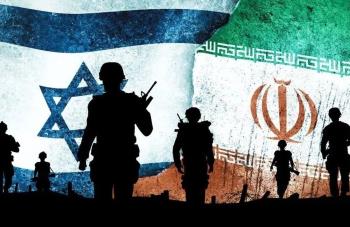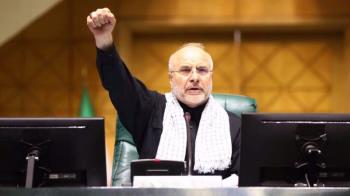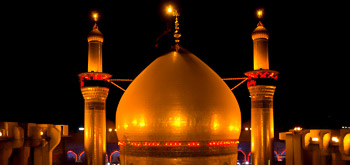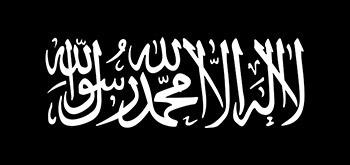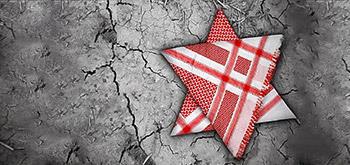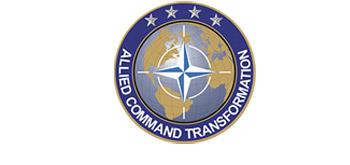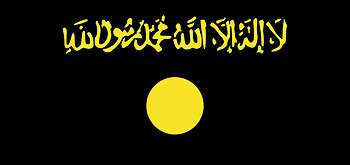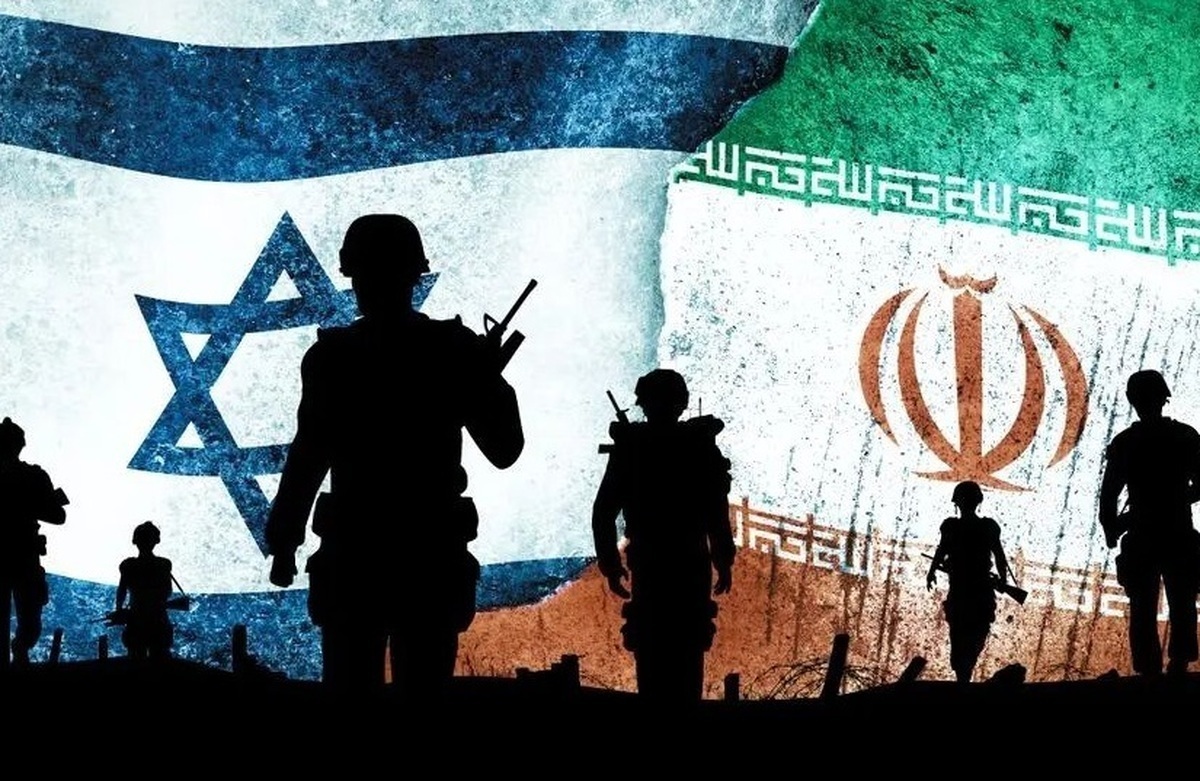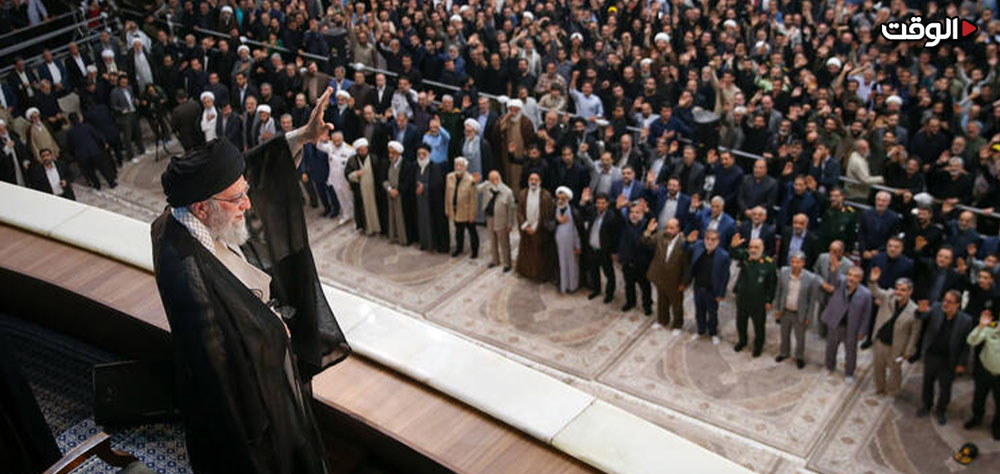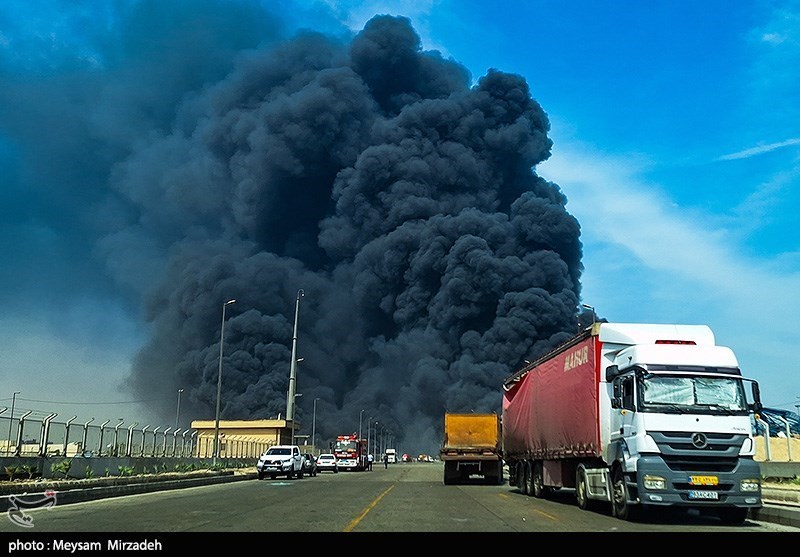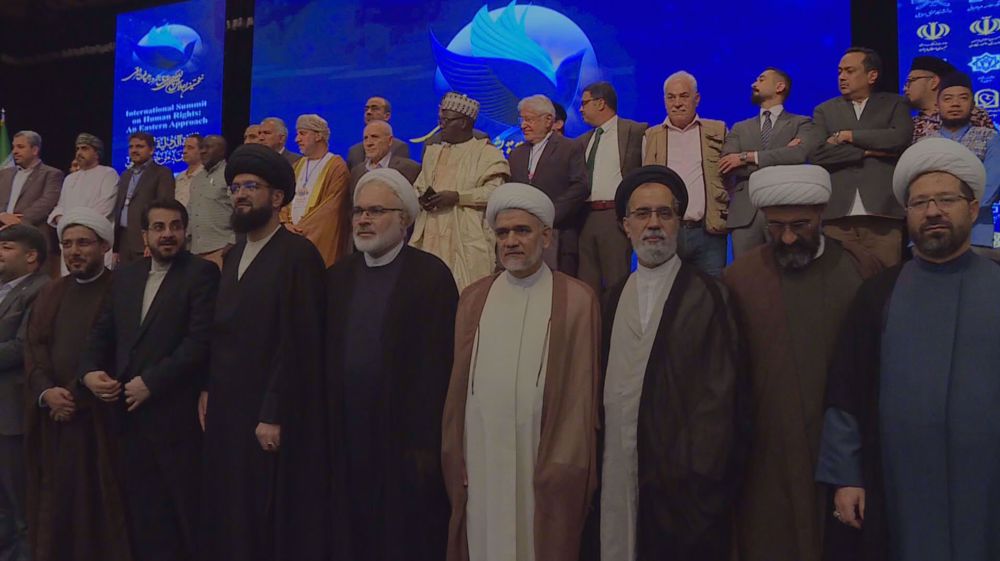Alwaght- Two days after Israeli terrorist operation and then air offensive on Iran, in the early hours of Sunday, Iran launched the second stage of its combined offensive under Operation True Promise III, launching missiles that made their way by passing across the multi-layer air defenses to strike their targets.
Following this successful operation, the IRGC spokesman announced a list of strategic targets, including refineries, storage tanks, and fighter jet fuel laboratories, threatening that if the regime’s evil actions continue, this series of operations will continue with higher power and destruction.
In these circumstances, given that the Israeli regime, despite all the failures and problems that arose in the Gaza war, was able to continue its invasion and genocide in Gaza for 18 consecutive months with the full support of the West, especially the US government, and that Tel Aviv’s political and military officials have also claimed to be planning to continue attacks on Iran, a question presents itself: Can the Israeli regime continue war for weeks and even months?
In answering this question, we will address the most important factors influencing the different resilience degrees of Iran and the Israeli regime, and why the occupied territories are facing a fragile internal situation even more than before the Gaza war.
Vital targets in Operation True Promise III
One of the highly serious limitations of the Israeli regime to continue the war against Iran is the incapablity and vulnerability of its air defenses to thwart the growing waves of Iranian attacks in the coming days. In the past two days, despite the existence of several layers of defense, such as the Arrow, Patriot, David's Sling , THAAD, and Iron Dome systems, which are responsible for protecting the skies of the occupied territories at great expense, advanced Iranian ballistic and hypersonic missiles have easily passed through these defense layers and hit their targets with high destructive power. In this regard, the experience of the two operations, True Promise I and II, provided the Iranian armed forces with valuable information and experience on how to deal with the regime's advanced defense system, and this valuable experience was very useful in the stages of Operation True Promise III.
Now that Iran's air defenses with their downing of the F-35 stealth fighter jet and drones have shattered Netanyahu's dream about collapse of Iran's defenses with the first strike, Iranian missiles and drones have tipped the scales. Disabling defense systems in missile attacks, taking out air bases , especially the Novatim base as the main storage location for the regime’s F-35 fighters, and disrupting the fighter jet fuel production system are cutting off the regime’s main arm of military power, while Iran can maintain its offensive power despite its numerous and diverse missile and drone stockpiles.
Meanwhile, Iran’s operational goals are expanding in terms of strategic importance and are spilling over from the military sector to the infrastructure and strategic sectors, which means that the balance of terror between the two sides of the equation is being upset. Iran and the Israeli regime are in no way comparable in terms of economic dependence on foreign markets. Iran meets its logistical and economic needs and consumer market from within and is self-sufficient in most of these sectors, but the regime is heavily dependent on imports and can tolerate the failure caused by disruptions in the functioning of its transit infrastructure for a very short period of time. In this regard, especially with the expansion of Iran's legitimate military targets to the regime's ports and airports, it can be practically expected that in the short term the Israeli cabinet will face difficulties in meeting domestic needs and managing the daily affairs of citizens.
Different strategic depths
Another highly important and influential factor determining the resilience in the war is the geopolitical features of a country, especially strategic depth and territorial size, and geopolitical position. In terms of territorial size, the occupied territories are even smaller than the smallest Iranian province and 70 percent of Israeli population is concentrate in the capital Tel Aviv. This means lack of sufficient strategic depth to absorb the missile strikes in a long period of time. Basically, the geopolitical issue has caused the regime's military doctrine to be based on three principles: preemptive war and surprise of the enemy, dragging the war beyond the borders, and the speed and shortness of the war, which reflects the regime's weakness in engaging in wars of attrition. Although the regime went beyond the principle of shortening the duration of the war in the Gaza war, this was firstly due to the strategic and decisive effects of the war's outcome on the future of the regime's life and Netanyahu's political life, and secondly due to the failure to achieve results from the war.
Certainly, continuation of crushing Iranian missile and drone strikes in coming days and gradual destruction of the limited and sometimes irreplaceable Israeli infrastructure will push the cabinet and army into a big crisis. For example, the regime supplies a large part of its urban and agricultural water through desalination facilities, and if these facilities are destroyed, a major water crisis will engulf the occupied territories. Or, in another example, if the regime's nuclear facilities, one of the main targets of Iranian attacks in the coming days, are hit, any radiation fallout could make a large part of the occupied territories uninhabitable. Even recalling the evacuation of the northern cities of the occupied territories from residents, during the attack during Hezbollah's support to Gaza, the Netanyahu cabinet faced serious pressure from displaced settlers.
This is while due to its geopolitical vastness and enjoying climatic diversity Iran has always resisted foreign invasions and managed to save its military and infrastructural capabilities. For example, its underground missile and drone facilities were not destroyed despite Israeli air attacks and thousands of missiles are pending firing at the Israeli regime.
Domestic unity and public opinion support for war continuation
Maintaining domestic cohesion and unity is key to management of war. Many problems can be settled through saving national unity, cooperation, and sacrifice of the citizens and can work like a grand support to the government and military forces to advance defense or war.
Meanwhile, while the Gaza war and its extensive economic, military, security, reputational and human costs have created a huge rift within the occupied territories among the Israelis, and a large part of them, especially the military, want to stop the war in Gaza and release their prisoners, and see the war as fulfilling the personal objectives of Netanyahu and the hardliners in the cabinet, the increasing costs of confronting a major regional power like Iran in the coming days will certainly lead to the expansion of the internal rift and the further disintegration of social cohesion. Even now, many are asking the question about Netanyahu's whereabouts while Iranian missile strikes threaten their lives.
On the opposite side, on the domestic front of Iran, the heinous invasion and the cowardly act of assassinating the IRGC commanders and killing innocent women and children have united the Iranian ranks more than before and have stirred patriotic motivation of the Iranians to defend their country. Although the martyrdom of the great Iranian generals was a great loss, amidst the widespread support of public opinion for defenders of the homeland, those commanders were replaced by other worthy and selfless individuals to fill their place.
Political system's cohesion
Another important issue is the maintaining of cohesion of the political system to help block political differences from disrupting the performance of the government and military forces.
This issue even took place at the beginning of war and while before it several elections were held and the instability of cabinets sent the Israeli regime in a political stalemate and profound political crisis, the Israelis with the start of war formed an inclusive government and a war cabinet to fill the gaps.
This, indeed, did not last long, and the failure to achieve the previously announced results in the Gaza offensive led to growth of differences in the war cabinet. First, Benny Gantz, the leader of the opposition, resigned from the cabinet in June 2024. Then, the continuation of this process and the walkout of other parties from the cabinet coalition have caused the hardliner cabinet to teeter on the brink of collapse.
The impact of this situation on the regime's internal political stability was so great that some Israeli experts believe that Netanyahu took a new military gamble in attacking Iran in order to preserve the cabinet coalition and prevent the collapse of the government, because this action was taken right in the midst of the threat of Haredi Jews to leave the cabinet coalition due to their submission of a draft bill to parliament calling for their conscription.
In these circumstances, Iran's more crushing actions in the coming days will certainly fill the opposition's hands to question the Netanyahu government's strategy in securing the occupied territories, and perhaps another legal case will be opened against him in this connection.
Military costs
War with a greater military power would mean further destruction, higher financial costs, wider recruitment, accelerated reverse migration, escape of foreign capital, human casualties, and all in all heavier war bill on the already struggling regime.
According to the Yedioth Ahronoth newspaper, the war with Iran is costing the regime more than $1 billion every day. In one case, while Iranian missiles and drones are produced with indigenous technology and cost much less than foreign models, the firing of each of the Israeli regime’s defensive missiles in its various types costs $1 million to $2 million. This means that protected war the war will swallow up the regime’s economic resources. In one case, it is worth mentioning that Haifa alone is the largest industrial hub in northern occupied territories and houses a large part of the regime’s leading industries, which are the core of the regime’s economy and contribute significantly to Israel’s economic and technological development. The opening a line of fire of ballistic and hypersonic missiles towards this region since last night greatly reduces the regime’s resilience threshold.
Regional and international conditions
The consequences of Gaza war and massacare of thousands of children and women that have led to formation of a global resistance campaign against the Israeli crimes have discredited the Israeli historical tactic of playing victim and now the regional and global public opinion recognize Israel the source of war and occupation.
This global discredit will cause Western media propaganda to fail in directing world public opinion to replace the aggressor and those who legitimately self-defend. This will give the Islamic Republic of Iran more latitude to punish Tel Aviv and make it regret its miscalculation.

